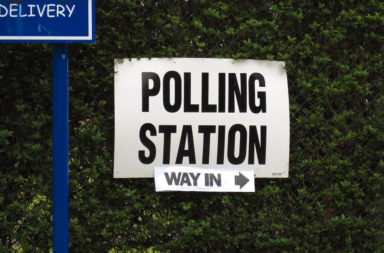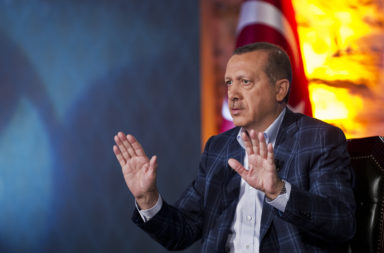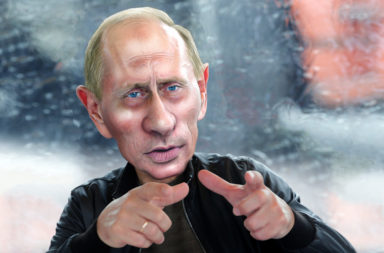Japan announced an investment of 75 million pounds in the Okinotori islands recently to rebuild an observation post, but this is not the first time. It has spent 250 million dollars shoring up Okinotori’s twin peaks with cement. This is a deserted Pacific reef thousand miles south of Tokyo; it has been the focal point of the tension between Japan and China. Japan claims that the two small outcrops of the reef, which is administratively part of Tokyo and remains above water at high tide is enough to make it an island legally. They are collectively called “distant bird islands” and they may serve as the strategic outpost they need against Chinese military. China is of a varied view it claims that Okinotori is just a rock, but it may be Tokyo’s attempt to control a large part of the Pacific and its rich seabed and fishing resources, amused that a couple of wet boulders cannot hold a legal argument. The Japanese in Okinotori say that US risks being “caught between a rock and a hard place”.
Tracing history of the islands
Historically the uninhabited islets were used as maritime navigational markers and were not subjected to administrative control other than that of collecting descriptions in official records of Chinese missions to the Ryukyu Kingdom and recording of the geographical positions on maps. It was in early 1895 when the central government of Japan annexed the islands. In 1945 the islands came under US government as Japan surrendered ending World War II. In 1969, the United Nations Economic Commission for Asia and the Far East (ECAFE) acknowledged probable oil reserves and natural gas pockets in the vicinity of the Senkaku Islands. The islands were returned to Japanese control in 1972 after the Okinawa Reversion Treaty passed the U.S. Senate in 1971.
Japan-China tension
In 2012 the rivalry between two of world’s economies began, when Japan effectively nationalized the Senkakus Islands, which are surrounded by untapped deposits of natural gas. This move saw protesters in China on the streets in several cities forcing some Japanese businesses to close in the country. Senkaku Islands are called “Diaoyu Islands” in China or “Diaoyutai Islands in Taiwan. The United Nations convention on the law of the sea defines an island as “a naturally formed area of land, surrounded by water, which is above water at high tide”. It also states that “Rocks which cannot sustain human habitation or economic life of their own shall have no exclusive economic zone”.
China never laid claim to Okinotorishima, even though their vessels are supposed to have mapped the surrounding seabed in anticipation of operations against US ships in a battle over Taiwan. Beijing has insisted that Okinotorishima is made up of just rocks and hence in unable to sustain human life and therefore should not be used to expand Japan’s exclusive economic zone (EEZ), which encompasses two hundred nautical miles around atoll.
Affairs between China and Japan have been tense for years, exacerbated by the conflicting claims over the islands. Prime Minister Shinzo Abe of Japan and President Xi Jinping of China met momentarily at the Asia-Pacific Economic Cooperation summit in Beijing where the two sides noted that in fact “different positions exist” on the disputed archipelago.
Intervention by United States
A significant move in the Pacific power play was a recent US-Japan declaration for having the common objectives like maintenance of peace in Taiwan Strait. This agreement was denounced by China as a threat to its sovereignty. Barack Obama reiterated Washington’s refusal to take sides in a sovereignty issue and called on the two nations to resolve their differences over dialogue. US secretary of State, Condoleezza Rice spoke in Tokyo last month claiming that Washington wants to be a “global partner” to Beijing not a strategic competitor. “America has reason to welcome the rise of a confident, peaceful, prosperous China,” said Ms. Rice.
“It’s not yet an official kind of alliance like NATO, it’s not mature yet. But we will see more informal cooperation like weapons harmonization and assigning tasks,” said Dr. Francis Kan, of the National Chengchi University.
Obama declared at the start of an Asia Tour aimed at reassuring Washington’s allies in the face of threats to stability from North Korea and China. He reassured Shinzo Abe, the Japanese prime minister that Japan’s disagreements with China over the Senkakus Islands (in China known as the Diaoyu) were covered by the allies’ post-war security treaty. During a joint press conference with Abe he said, “Our commitment to Japan’s security is absolute and article five [of the security treaty] covers all territories under Japan’s administration, including the Senkaku islands,”
“The US should respect facts, take a responsible attitude, remain committed to not taking sides on territory and sovereignty issues, speak and act cautiously and earnestly play a constructive role in regional peace and stability,” said Qin Gang, the official Spokesman for Foreign Ministry of China. Obama’s visit is said to have been a carefully calculated scheme to cage the rapidly developing Asian giants. Obama is the first US president to visit Japan in almost 20 years, but he simply repeated Washington’s traditional position on the Senkaku dispute. “I emphasized to Prime Minister Abe the importance of resolving this peacefully, keeping the rhetoric low and not taking provocative actions”, he added.
This means that in case of conflict between China and Japan ,the latter would expect military support from US. The President has confirmed that the security pact applies to the islands too. But he has also warned that acceleration of this current situation would in evidently harm all sides.




